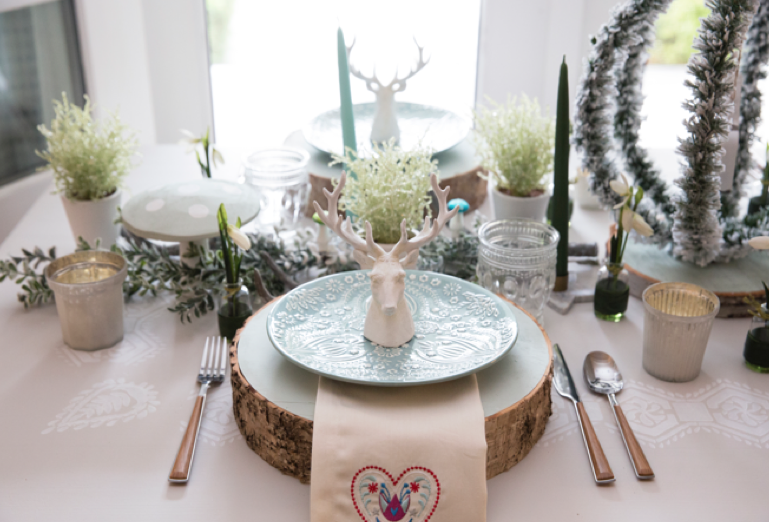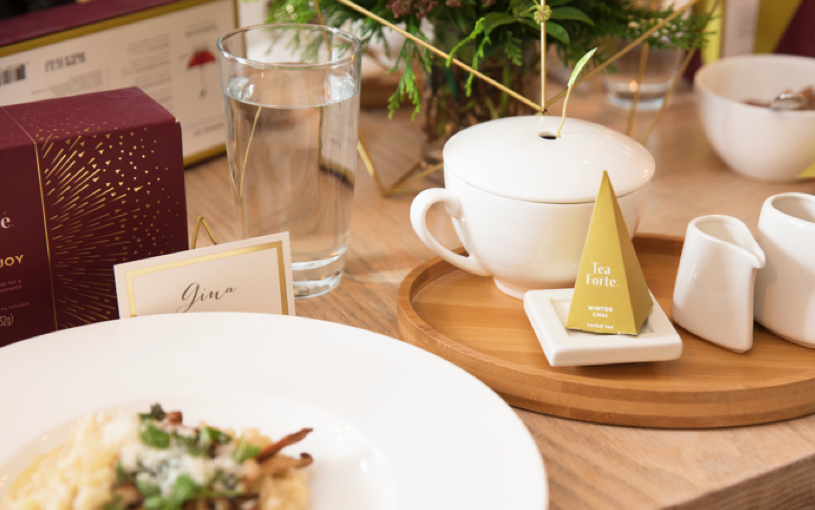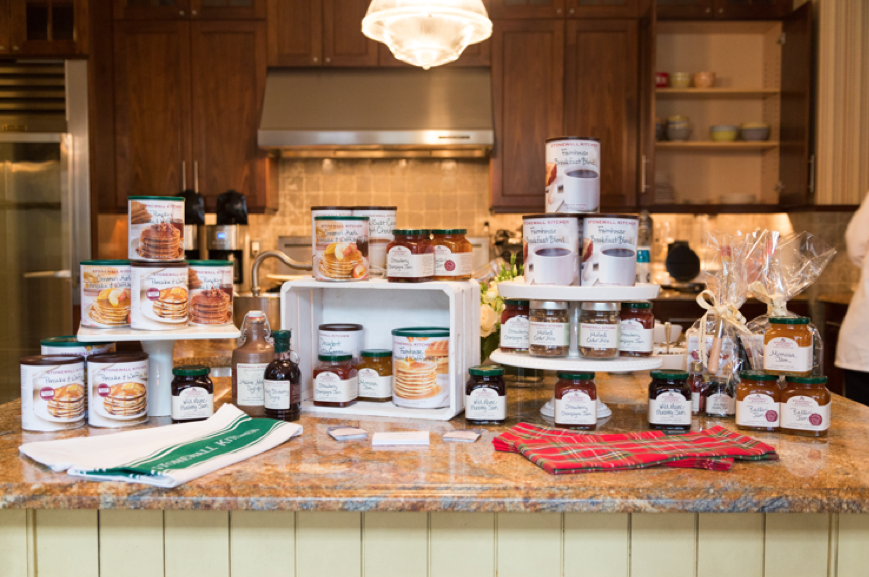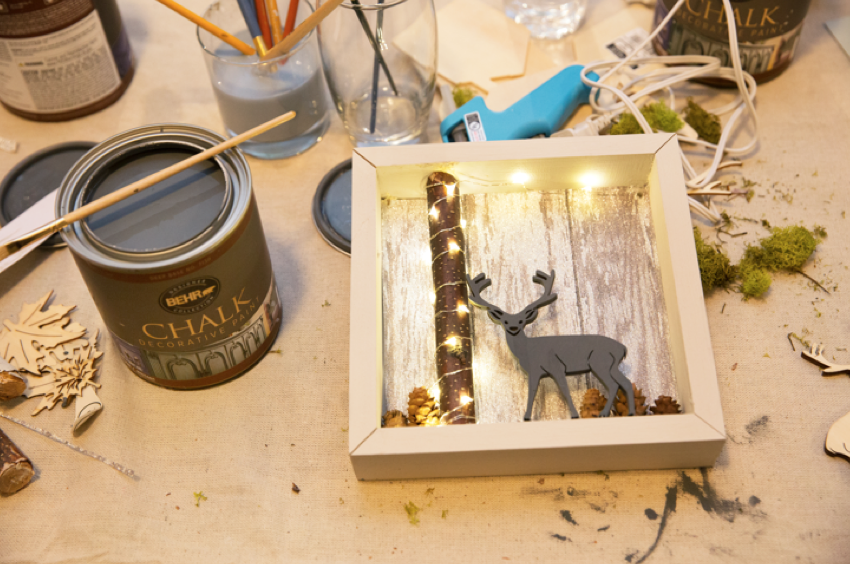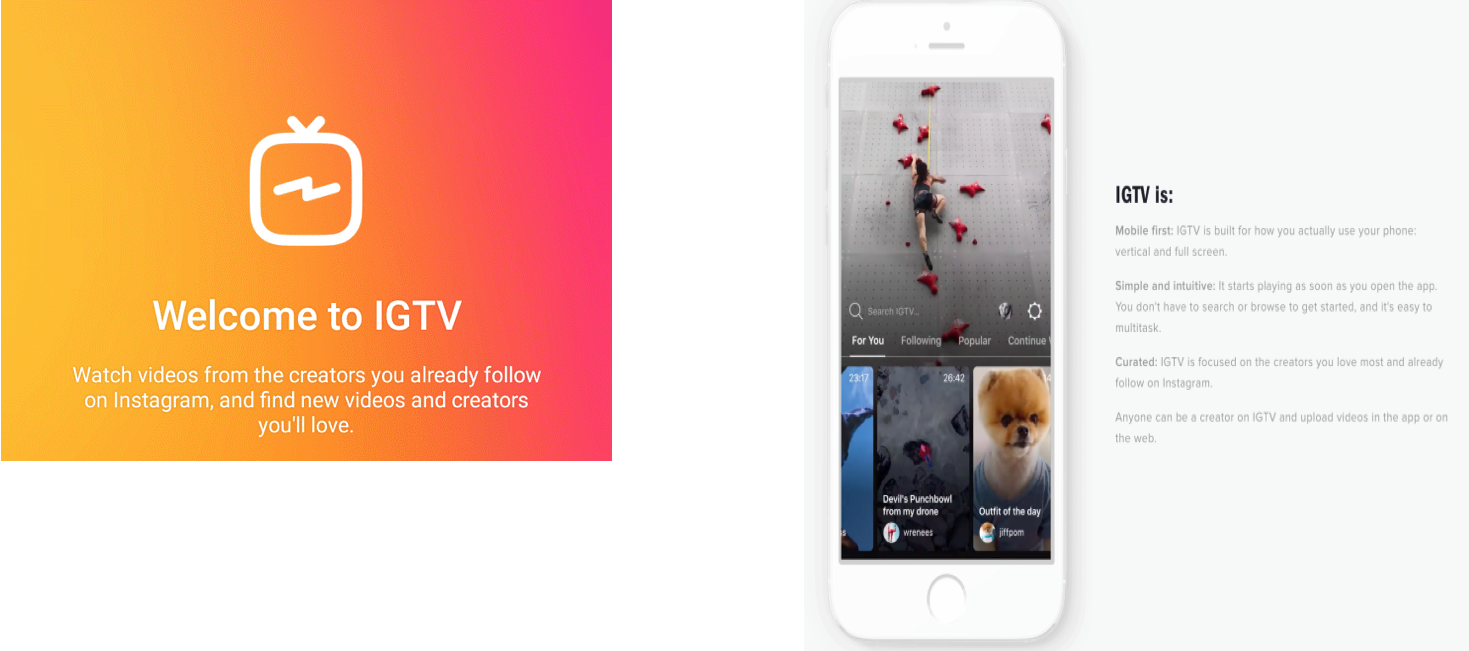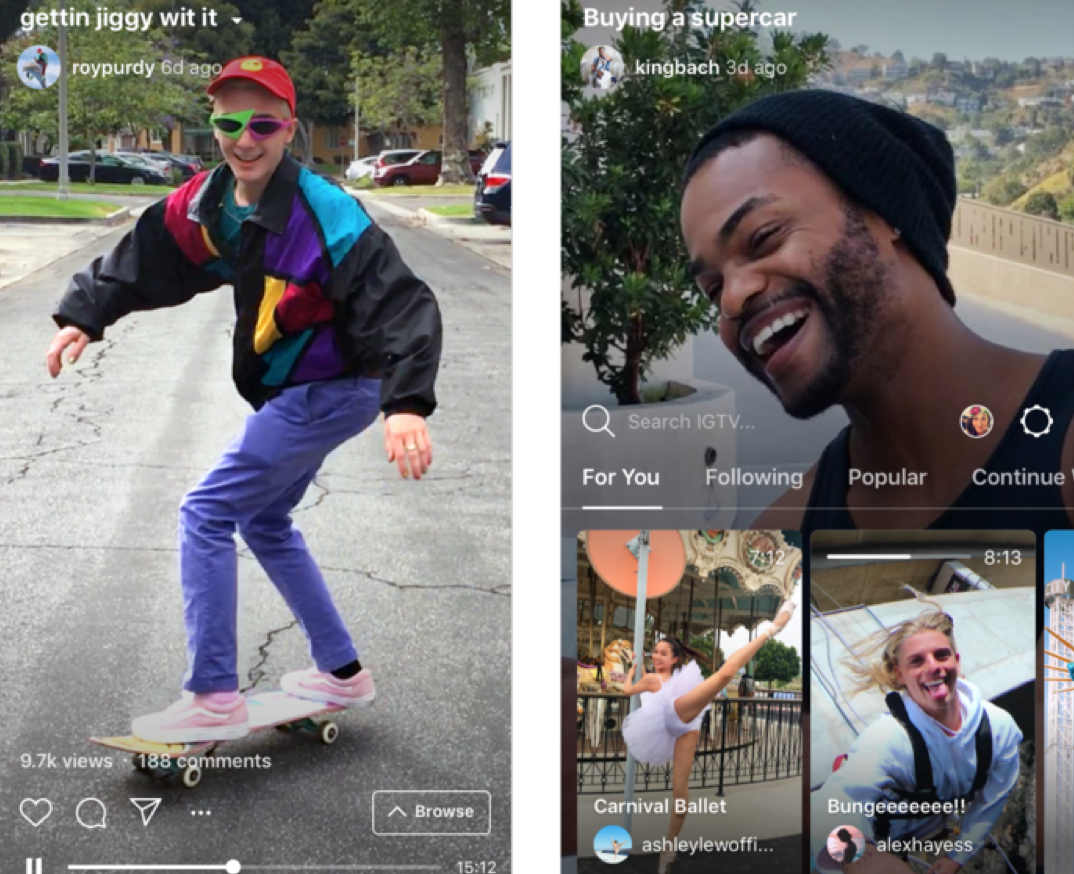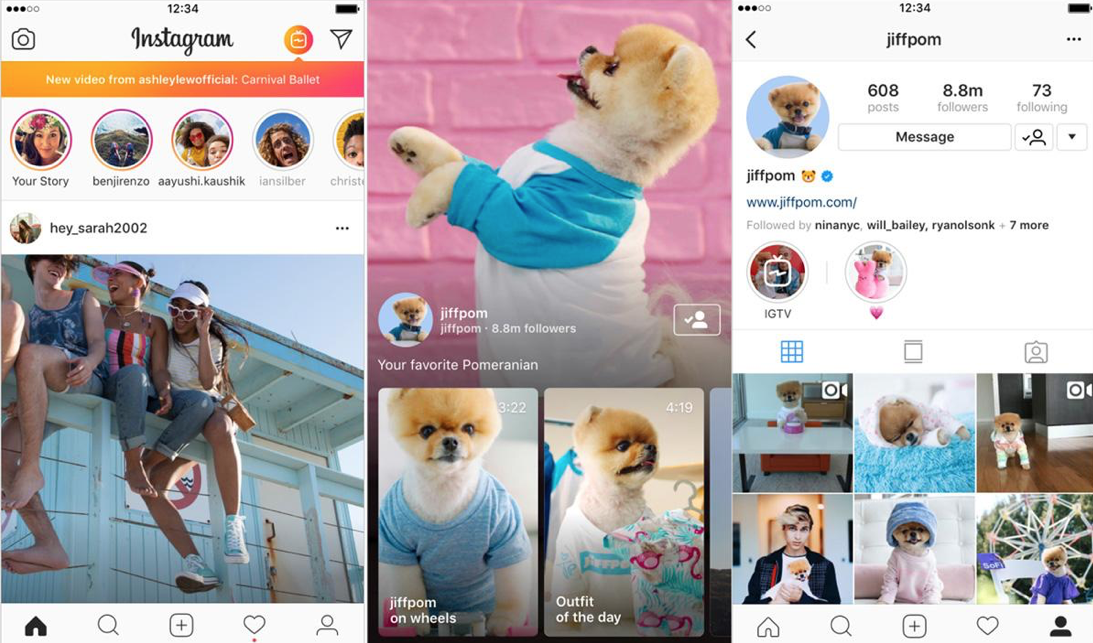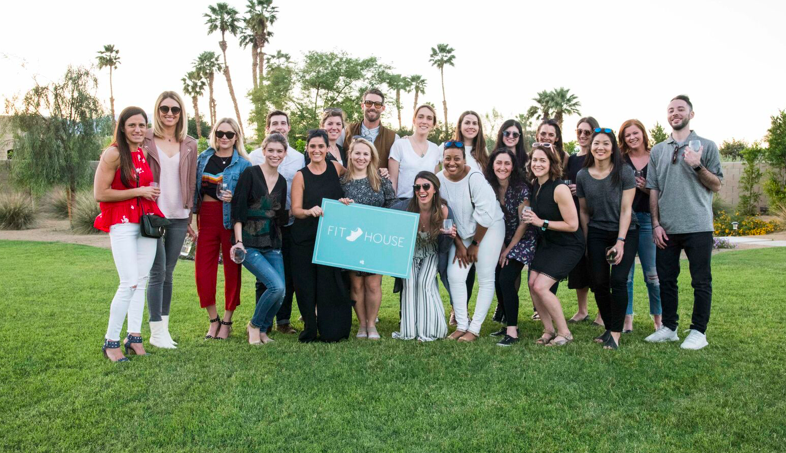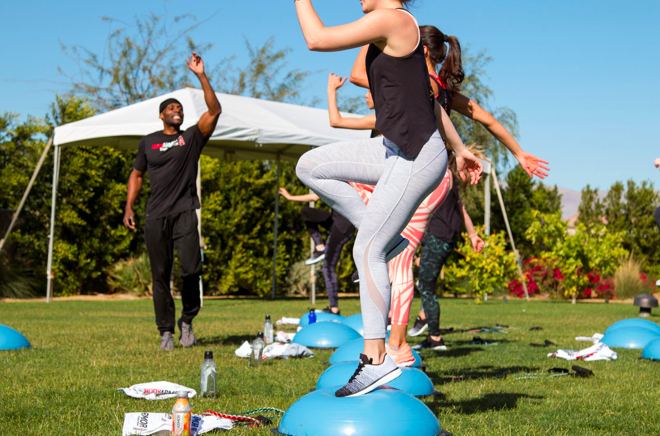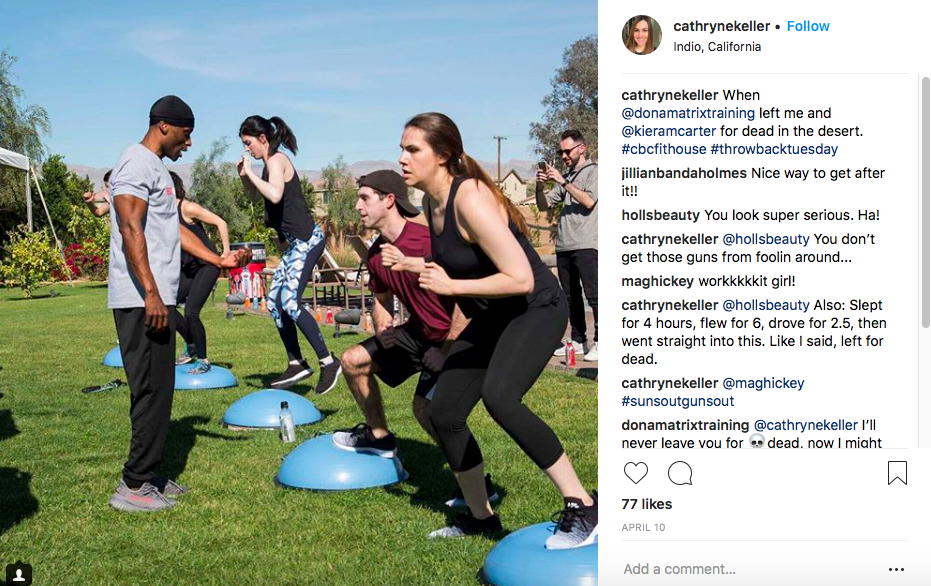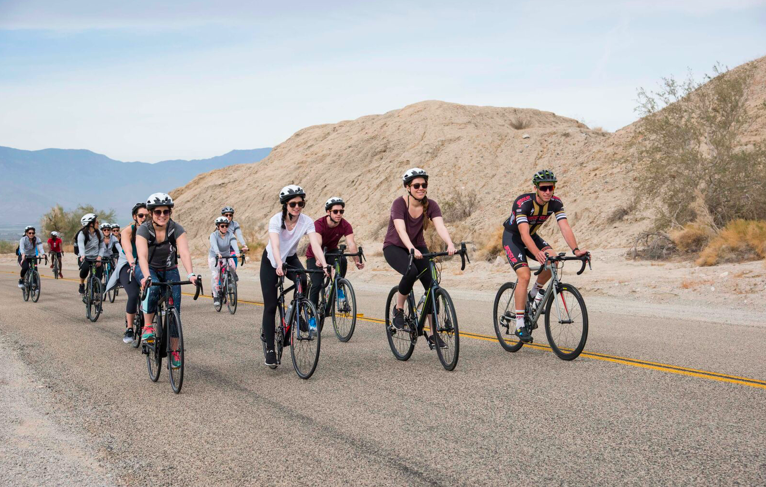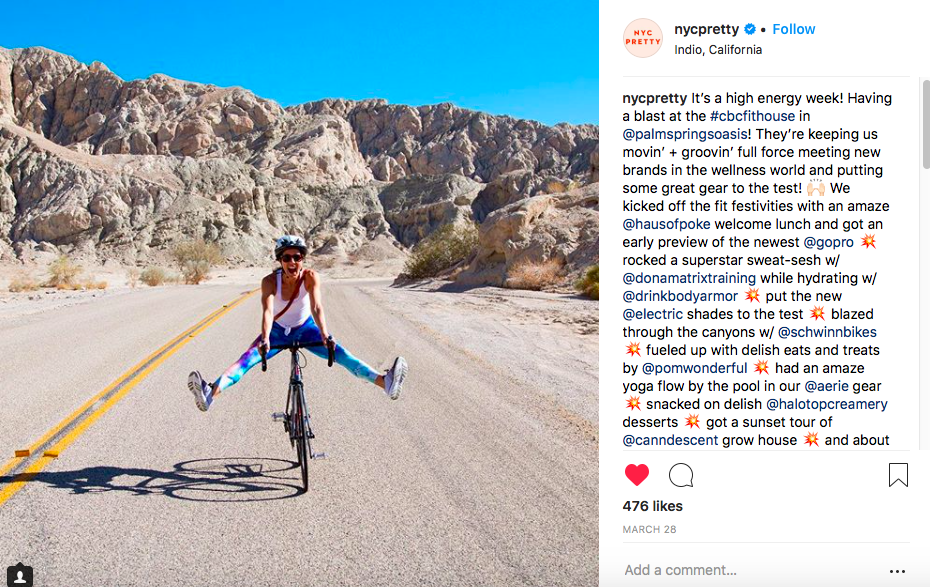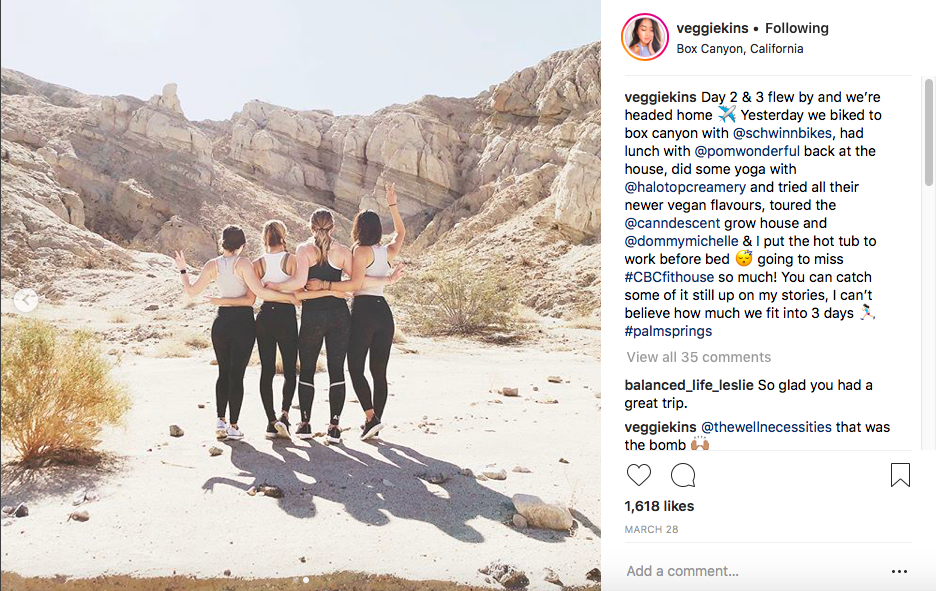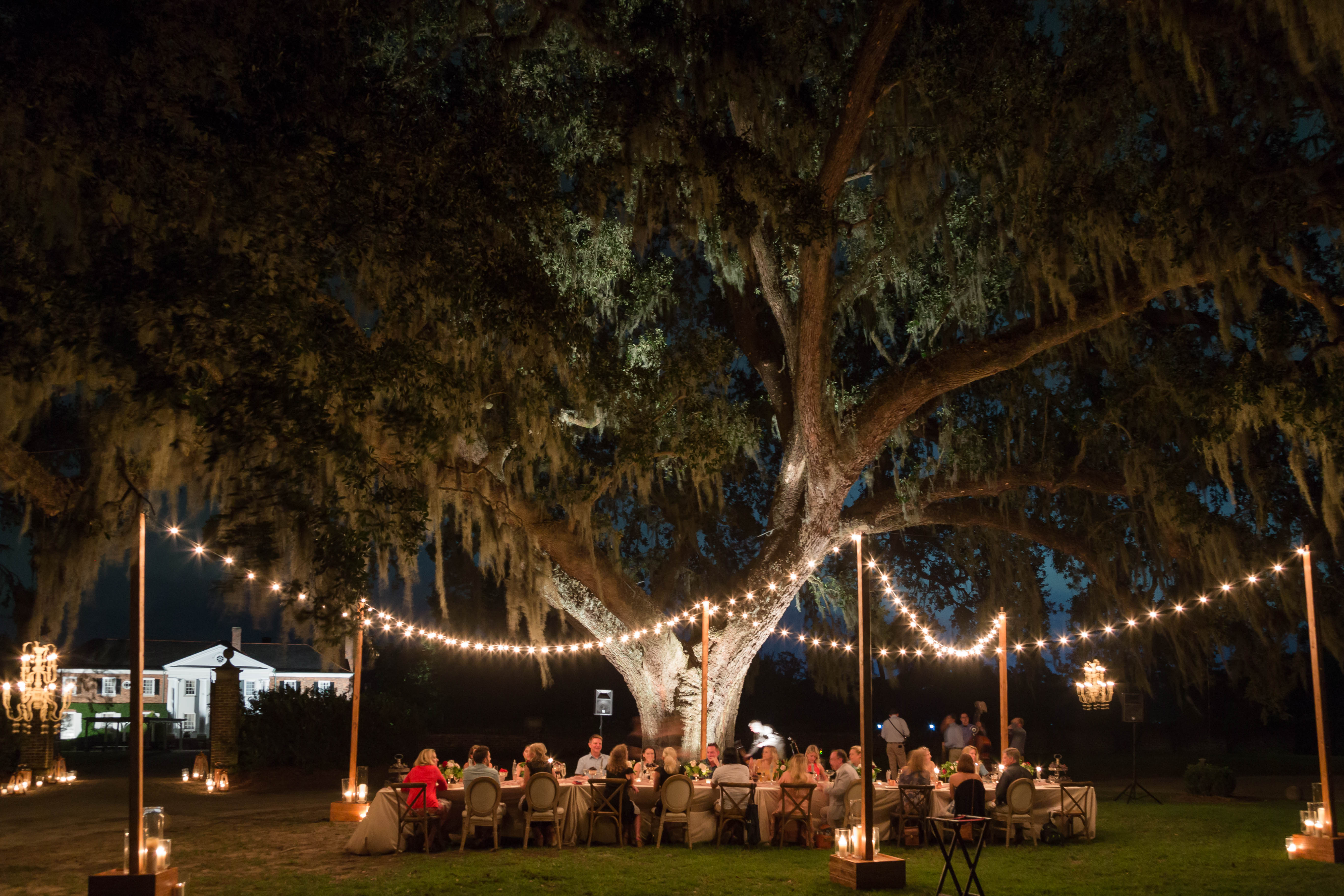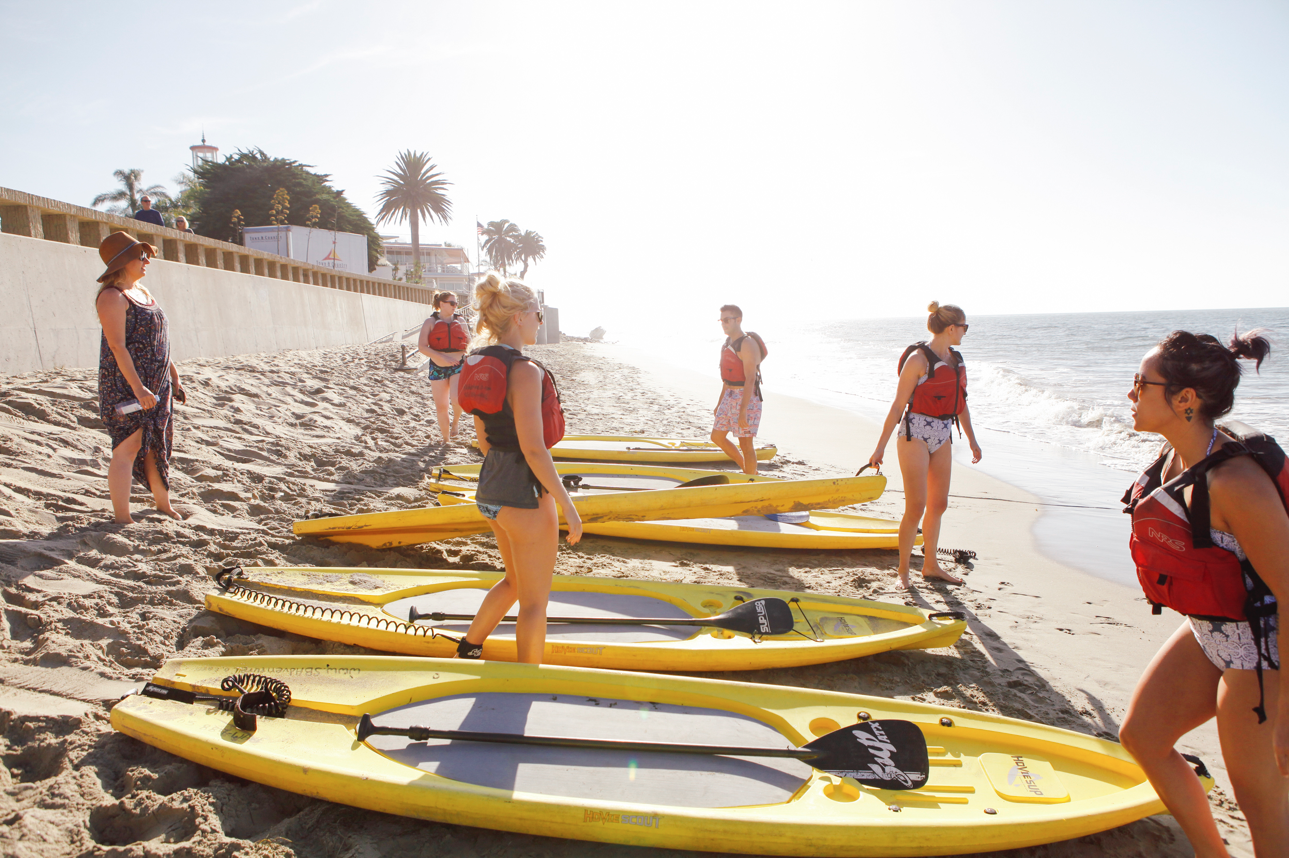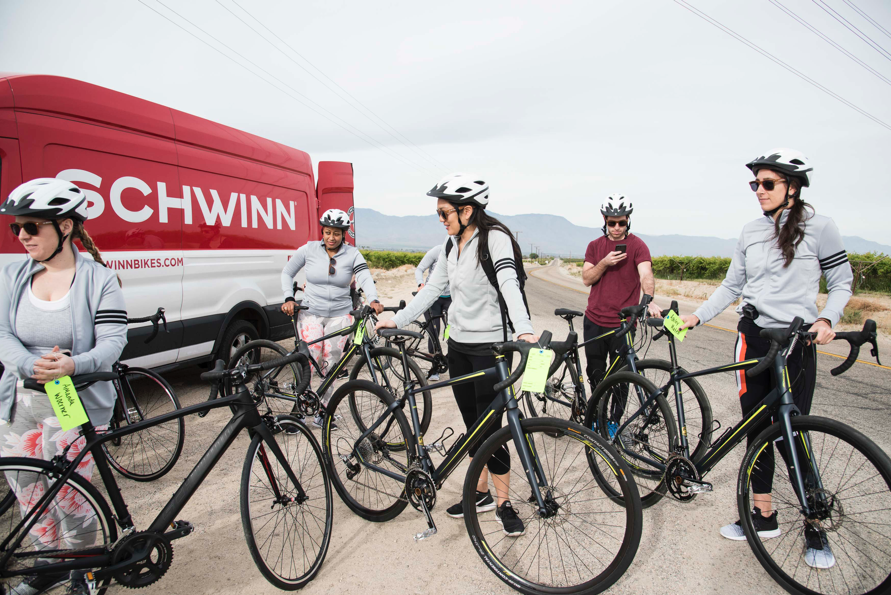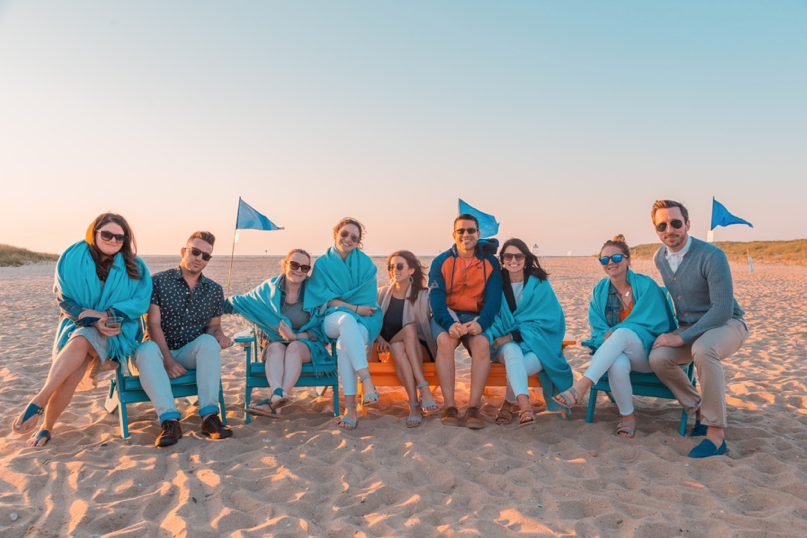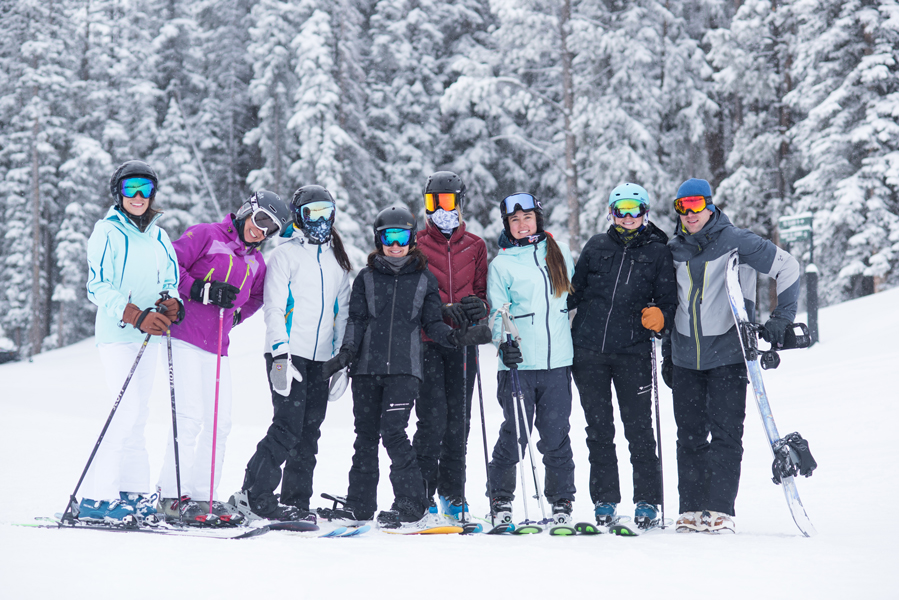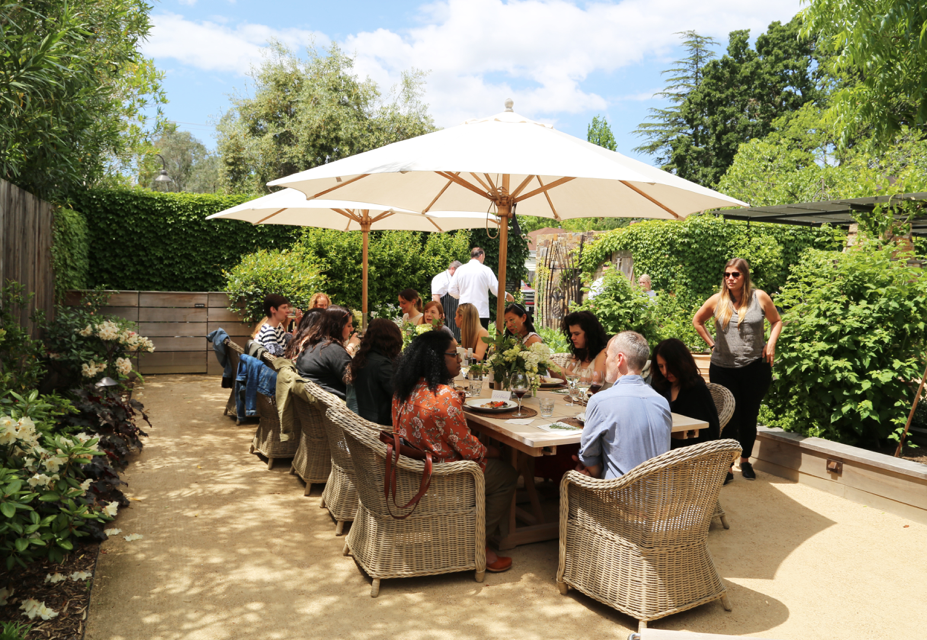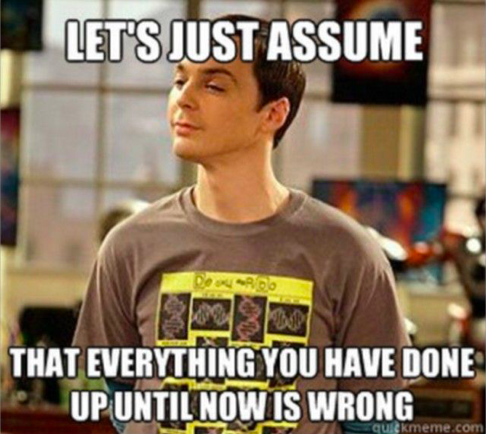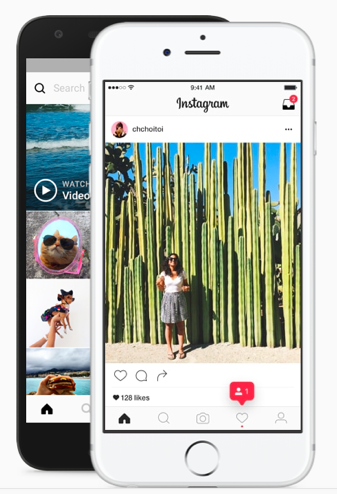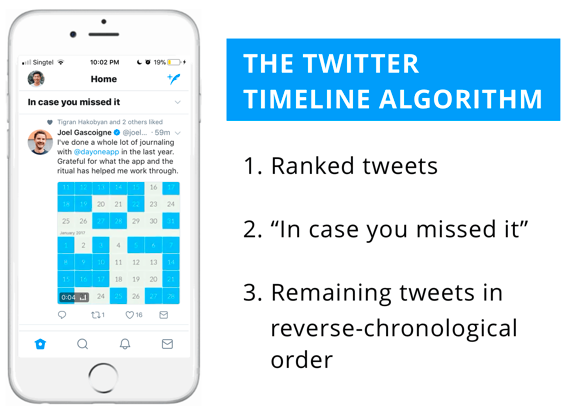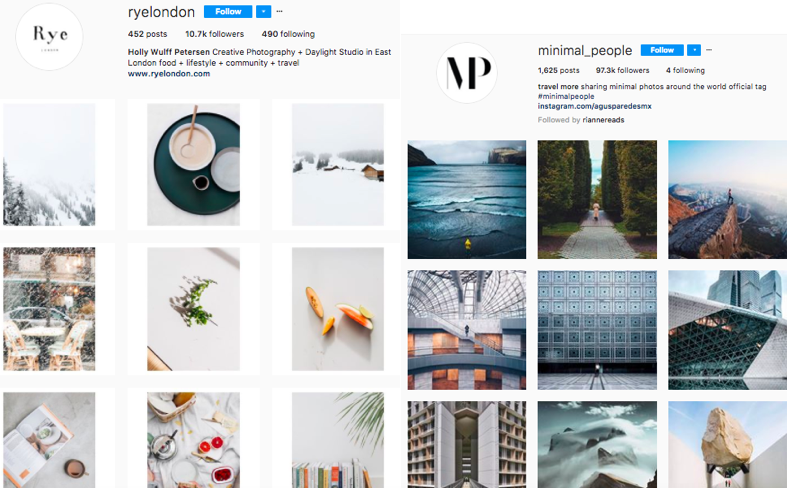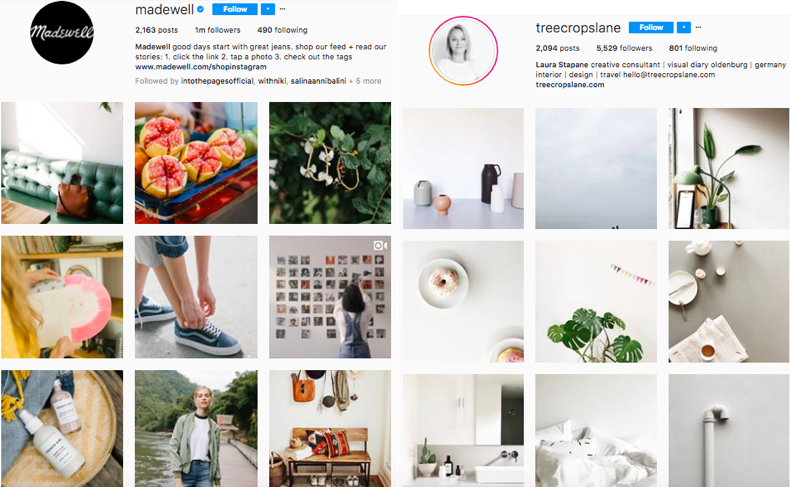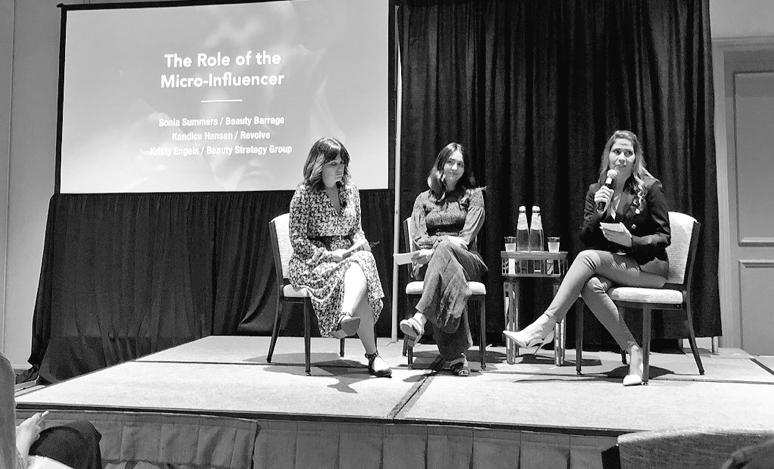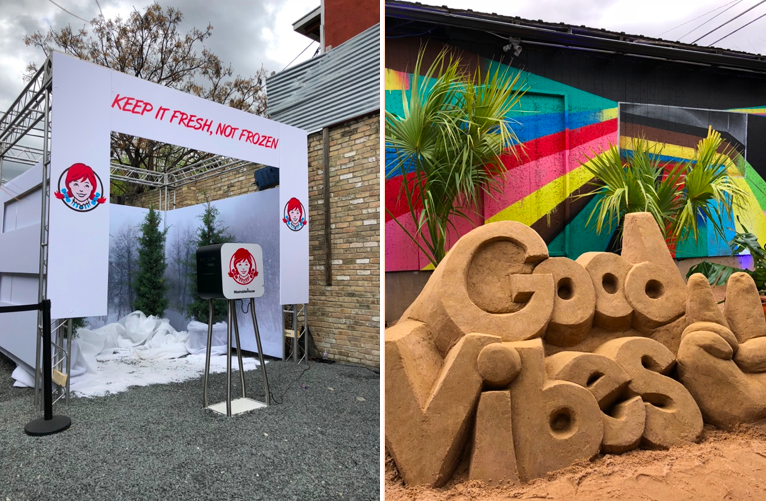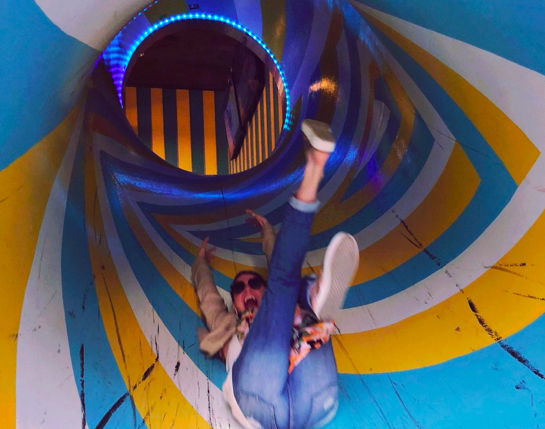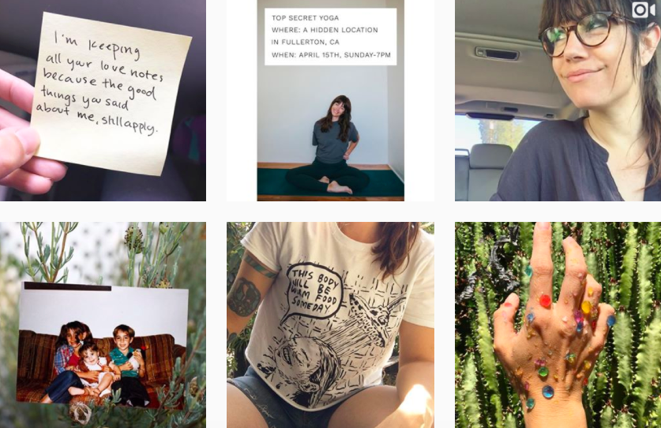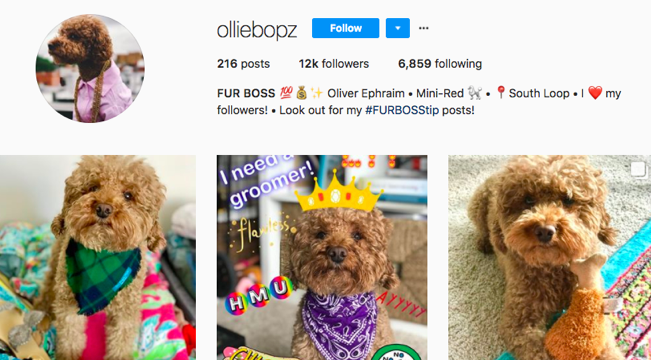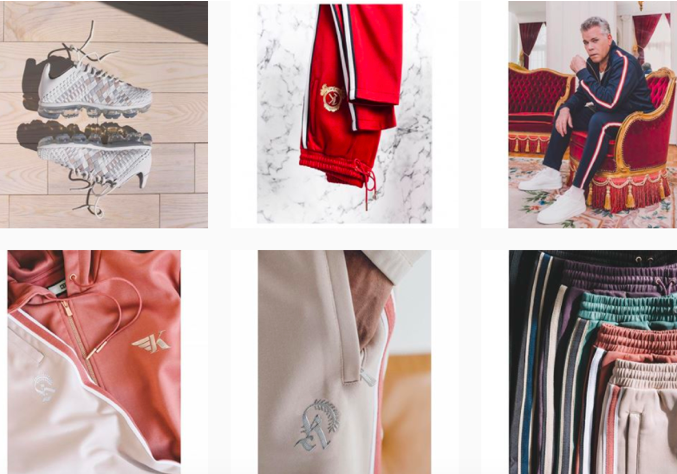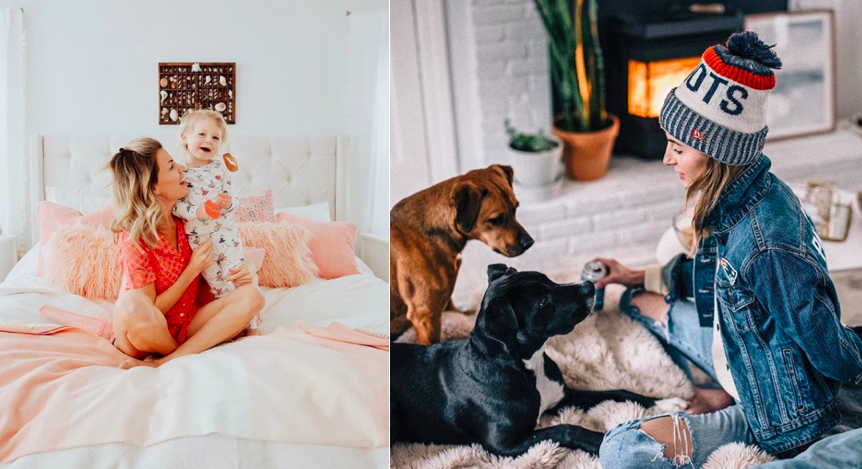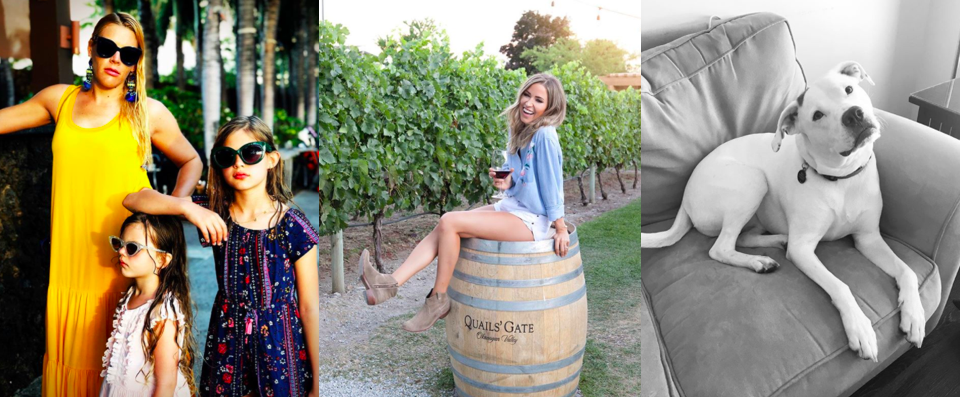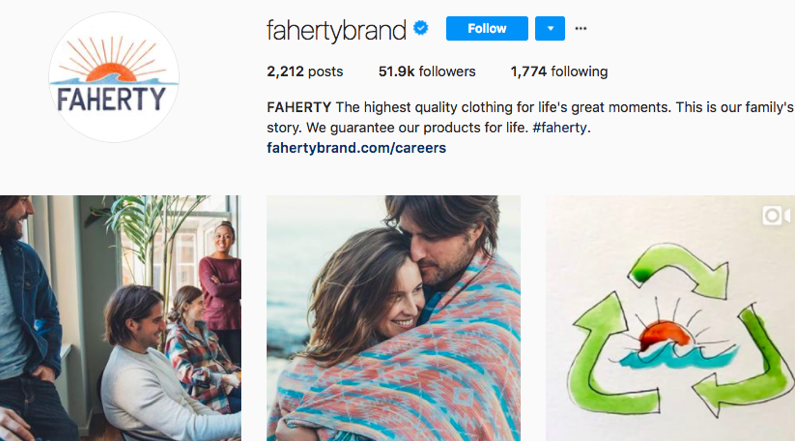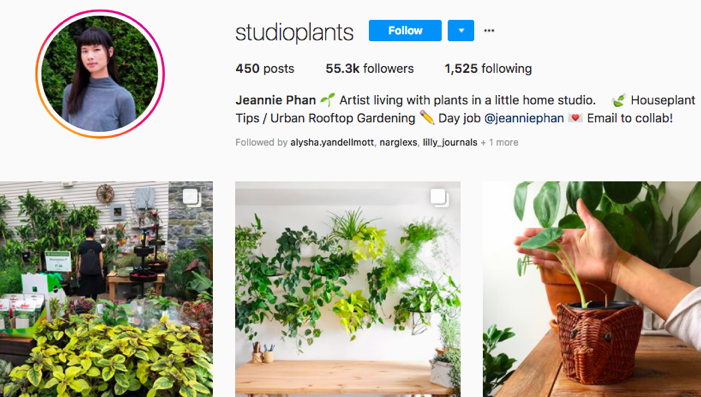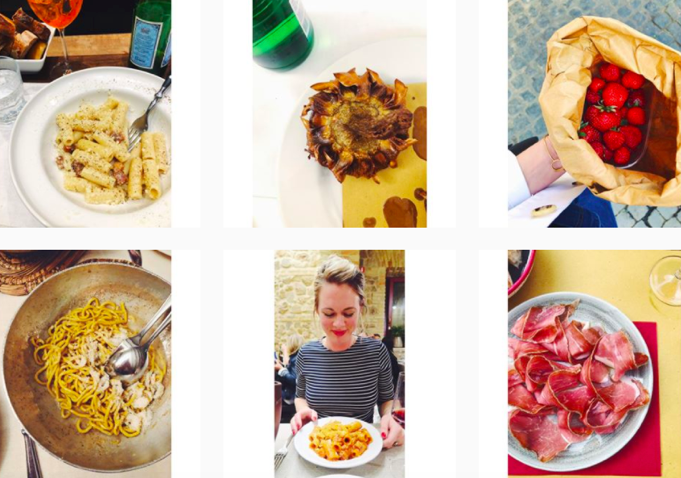Influencer marketing can be overwhelming. In 2019, everyone is trying to become an influencer, and Instagram is saturated with individuals vying for attention or free products. With this environment, it can be tricky to determine who are the best influencers for your brand.
You are searching for that perfect person who serves their followers genuine, beautiful content. Much like a dating app, it takes time to find the perfect match – they have to fit your niche and understand your audience. They have to have great engagement. Ultimately, they have to love you, for you (see where we’re going with the dating app analogy?)
Speaking of the warm and fuzzies, February is the perfect time to fall in love with influencer marketing and start your journey towards getting engaged…(*ahhhem, clears throat) we mean getting an engaged audience.
All puns aside, we have the insider tips and tricks for choosing the right influencer for your brand. Today, we’re sharing that wisdom with you.

Audience and Engagement
Much like location, location, location, with influencers, think engagement, engagement, engagement. Recently, social platform algorithms have shifted to favor engagement, placing this metric top-of mind for brands. The goal is to garner a large quantity of genuine comments, likes, and shares.
You have to understand that a big reach does not guarantee good engagement. Make sure that you are not only looking at the number of followers an influencer has, but the quality as well – trust us when we say, it’s not always love at first sight.
The first step in determining an influencer’s engagement is to assess their audience. You can do this by reading past comments or viewing their followers’ accounts. Are most of the comments from bots or brands? If so, swipe left. Are their followers real people? Swipe right. You are looking for genuine comments and followers that frequently show interest and admiration.
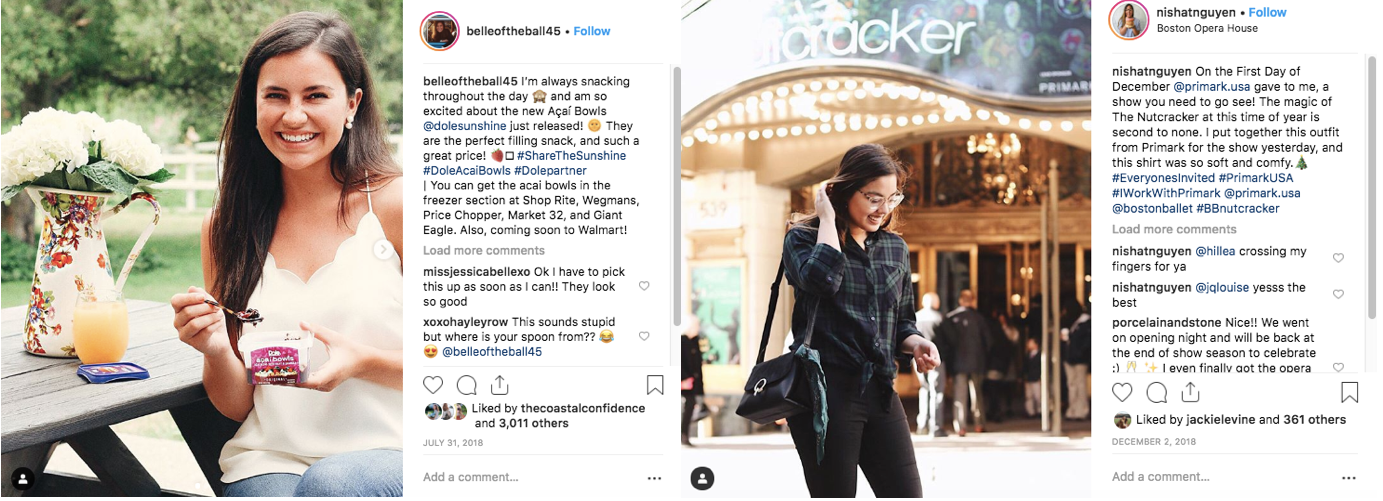
Niche and Authenticity
When starting the influencer search process at CBC, we determine a specific niche that acts as a blueprint. Ask yourself, what type of brand are you? This could be lifestyle, travel, beauty, fashion, food, etc. Once this term has been chosen, dig deeper. Are you organic food? Sustainable fashion? Affordable travel? These keywords will help you target influencers and refine the original search.
Unfortunately, social media can be a breeding ground for inauthenticity and needs some weeding out. Don’t settle for people who only sponsor products to be paid or who post cookie cutter content. Check to see what types of sponsored content someone has posted in the past and pay attention to the image and copy. You want an influencer who truly loves your brand and would purchase your products on their own. A tailor-made collaboration will get you more bang for your buck and potentially create a long-term partnership (cue the wedding bells).
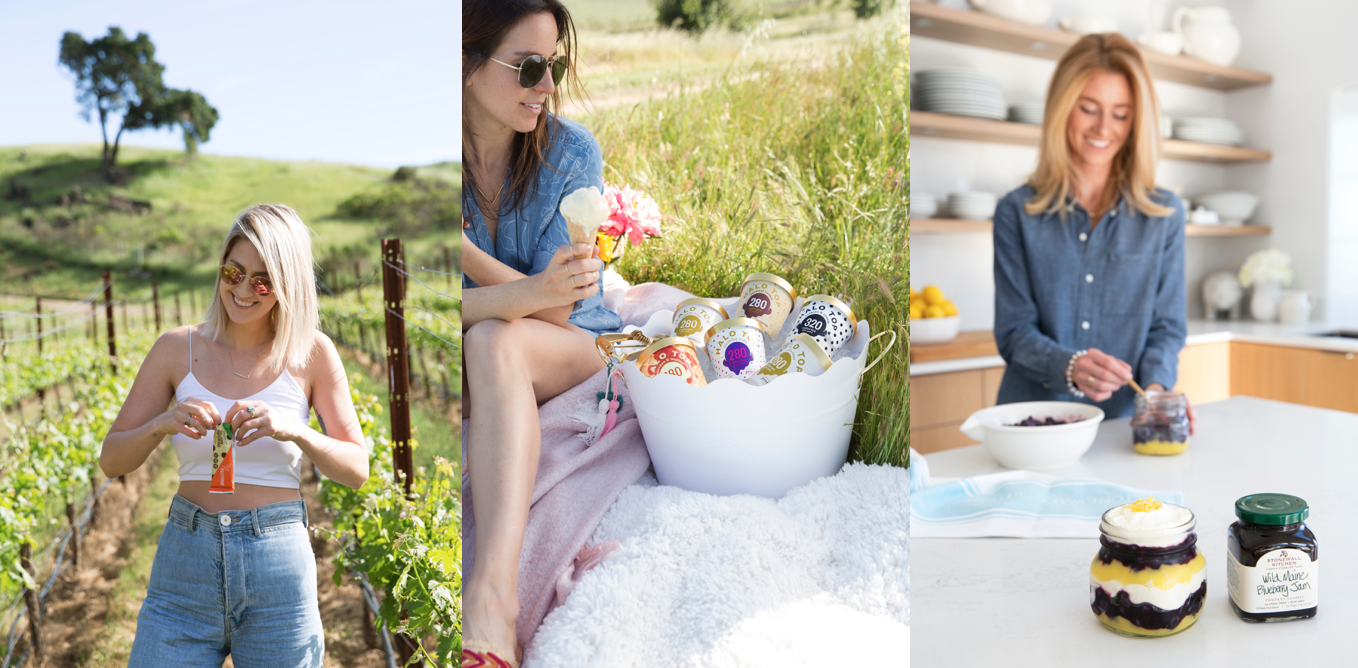
Campaign and Scale
Conducting a search for influencers depends greatly on the type of campaign you need them for. The budget and overarching ask greatly impact the feasibility of a partnership. If the campaign calls for video content, make sure you are sourcing influencers who have production skills or a team that can help them. If the campaign has a small budget, focus on micro-influencers who tend to have a smaller reach, but a highly engaged following.
It is important to set these campaign guardrails early so that you have a range to start your search. There are multiple influencer categories to consider: celebrity, macro, micro, nano, and the average consumer. Each subset offers a different type of promotion, budget, and overall target for your campaign.

Matchmaker, matchmaker….
It’s cuffing season for influencers, and they are on the prowl looking for the perfect brand match to jumpstart their 2019 content. Which makes it the perfect time to add influencer marketing to your strategy too. Choosing the right influencers for your brand doesn’t have to be a game of “hard to get,” and the experts at CBC are here to help you every step of the way.
Looking for more help with your influencer marketing strategy? Send us a love letter here.

